Did you know that the price point tire market (tires average people can afford) is made up of 95% imported tires from China, Taiwan, or other foreign countries, with different manufacturing standards? Are you outfitting your All-American Jeep or Light Truck with Foreign Tires? If you can’t afford Goodyear or Cooper, you might be riding on some cheap imports.
Now, I love Cooper and Goodyear too, as these are America’s biggest tire companies. But not all their tires are made in the US, and their prices are just too high for most families. A Goodyear 35” tire can be as expensive as $400/tire, while a price point 35” tire is much more affordable, at $195/tire. Now, here is where you have to be smart and know what you are buying. You can get your tires at a great price, with excellent performance, and support “real” American Companies. Yes, it is possible to avoid the cheap import tire ride!
First, know your price point brands. Know what tires are made right here in the US and which ones are NOT!
Winners!
TreadWright Tires – American’s own rugged LT/SUV tires in Houston Texas.
Cooper Tires – Eldorado and Mastercraft are solid American brands, and they make their tires right here in the USA.
GT – If you must. It is a Chinese-owned company, but they actually have a manufacturing plant in the Carolinas, which supports US Jobs.
Losers!
Atturo, Milestar, Federal and Nankang - Taiwan.
Kanti and Delium - Indonesia.
Kenda – Taiwan, China, and Vietnam (anywhere but the USA).
Americus and Thunderer - Thailand.
Surtrac, Venom, Westlake, Ironman, Travelstar and Roadone - China.
Okay, now that we have shed some light on the subject, what if you wanted to dig deeper into more brands? How can you tell if your tires are made here in the USA? If they are really American-made tires you will see the “Made in the USA” proudly stamped on those beautiful sidewalls. Some companies will try to hide their origins, with names like "Americus" or "Federal". However, it's easy to just check the DOT codes, which you can look up.
Some companies will try to hide their origins, with names like "Americus" or "Federal". However, it's easy to just check the DOT codes, which you can look up.
How to Identify Tires Made in the USA.
You can learn where a tire was made by looking at its DOT code. You will see the Tire Identification Number (TIN) after the letters DOT. The first pair of letters and/or numbers is the plant code.
This is a link for industry-wide lists to help you verify if your tires are made in the USA - https://www.tirebuyer.com/education/where-are-my-tires-made
Goodyear USA Tire Plant Codes – a few examples:
Cooper USA Tire Plant Codes – a few examples:

At this point, you are probably asking yourself: how can this be happening? How has our once proud American tire industry been so decimated by imports?
Over the past 10 years, these low-cost centers have been slowly decreasing prices and producing massive amounts of inventory, which, ultimately, put our manufacturing centers out of business.
Americans were not educated on what a Federal or Americus tire consisted of since the names sounded good enough. These are all cheap imports! So, you might be wondering: what about those initial tariffs President Trump imposed on China? They just moved their plants to avoid the tariffs to places like Thailand and Vietnam. It’s really up to each tire buyer to fight back and avoid these cheap brands. Please, offer your buying support to small, independent tire manufacturing, like TreadWright tires and price point Cooper brands (Eldorado and Mastercraft).
In addition to consumers educating themselves and buying more American Brands, we can also support organizations like the United Steelworkers, which is driving new tariffs and anti-dumping measures against these new low-cost manufacturing countries. The International Trade Commission (ITC) has supported petitions filed back in May 2020 by the United Steelworkers (USW) in support of pursuing further passenger and light truck tire duties outside of China – FINALLY! This is because Chinese companies just moved their plants to other low-cost countries when the China duties were imposed. Yeah, that bothers me too, as the United States needs to grow domestic manufacturing, and tires are the greatest all-American product to put Americans back to work.
The International Trade Commission (ITC) has supported petitions filed back in May 2020 by the United Steelworkers (USW) in support of pursuing further passenger and light truck tire duties outside of China – FINALLY! This is because Chinese companies just moved their plants to other low-cost countries when the China duties were imposed. Yeah, that bothers me too, as the United States needs to grow domestic manufacturing, and tires are the greatest all-American product to put Americans back to work.
The ITC wants to put an end to what they call “dumped and subsidized” passenger and light truck tires from South Korea, Taiwan, Thailand, and Vietnam. The USW petitions allege new dumping margins as high as 217 (Thailand), 195% (South Korea), 33% (Vietnam), and 147% (Taiwan). The petitions also detail numerous government subsidies benefiting Vietnamese tire producers – including loans, tax breaks, and grants. Ridiculous, I know.
If you want to know why it is tougher for US tire manufacturing to grow, look no further than these subsidies.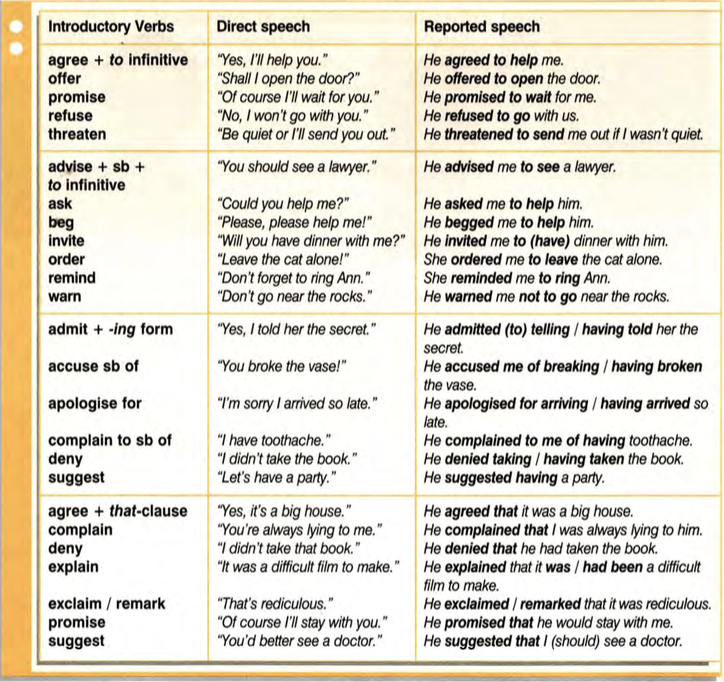 Also, did you know that passenger and light truck imports from these four countries increased nearly 20% from 2017 to 2020, reaching 85M tires or 4.4B in US sales? (Growth comes from moving plants from China to these low-cost centers). Those are not American Companies! These growth rates are a slap in the face to all American factory workers. Now, if Commerce determines that dumping and/or unfair subsidization is occurring, it will instruct US customs and border protection to start collecting cash deposits from all companies trying to move these tires into the US. Please support the USW as they work to get jobs back into the US and stop this nonsense.
Also, did you know that passenger and light truck imports from these four countries increased nearly 20% from 2017 to 2020, reaching 85M tires or 4.4B in US sales? (Growth comes from moving plants from China to these low-cost centers). Those are not American Companies! These growth rates are a slap in the face to all American factory workers. Now, if Commerce determines that dumping and/or unfair subsidization is occurring, it will instruct US customs and border protection to start collecting cash deposits from all companies trying to move these tires into the US. Please support the USW as they work to get jobs back into the US and stop this nonsense.
In conclusion, the first step to solve this problem is to stop buying cheaply-made imports and get behind American Tire Manufacturing! Check out which Treadwright Tires work for your vehicle today!
Check Out TreadWright Tires
Are you having difficulties reading the DOT number of your tires? Do you want to know how to read tire date codes? If you have lost the receipt of your purchase, you might be having difficulties knowing the exact age of your tires. This issue is common and you can find the solution from your tires. Just observe your tires, you will get the answer.
This issue is common and you can find the solution from your tires. Just observe your tires, you will get the answer.
*Picture Copyright: UTires.com
How to Read Tire Date Codes?Whether you are financing your tires or purchasing them, it is important to understand how to read tire date codes. The numbers are present on tires only. You just need to know how to get them. You might have difficulties while reading codes on old tires. Keep reading to know how old your tire is.
Ways to Get Your Tires DOT NumberLook at all the sides of the tires. There are a bunch of numbers and letters. It might seem like a jumble. But this is helpful information about the tire. Find the number that starts with DOT and followed by ten to twelve series. This code will reveal a lot of things about your tires. You will know the tire size, year, and place of the manufacturing with the unique code of the manufacturer. You can also rent a wheel payments to know more about tires. Once you rent a tire payments, you will not have to be bothered about the manufacturing year. They will take care of this. You just need to look for a rent a wheel return policy to make it more beneficial for you.
Once you rent a tire payments, you will not have to be bothered about the manufacturing year. They will take care of this. You just need to look for a rent a wheel return policy to make it more beneficial for you.
Remember that the last four digits of the code are the date the tire was manufactured. You can check the first two digits of the DOT code to know the week of the manufacturing. The last two digits will reveal the manufacturing year. For instance, when it was written in 0203, the manufacturing year was 2003. But it is a bit tricky to know the manufacturing year of tires manufactured before 2000.
Tires Manufactured Before 2000You need to check the last three digits of the DOT code. Check the first two digits to know the week. For instance, when the last three digits read 022, you should understand that the tire was manufactured in the 2nd week of that year. You might be thinking about how to know the year.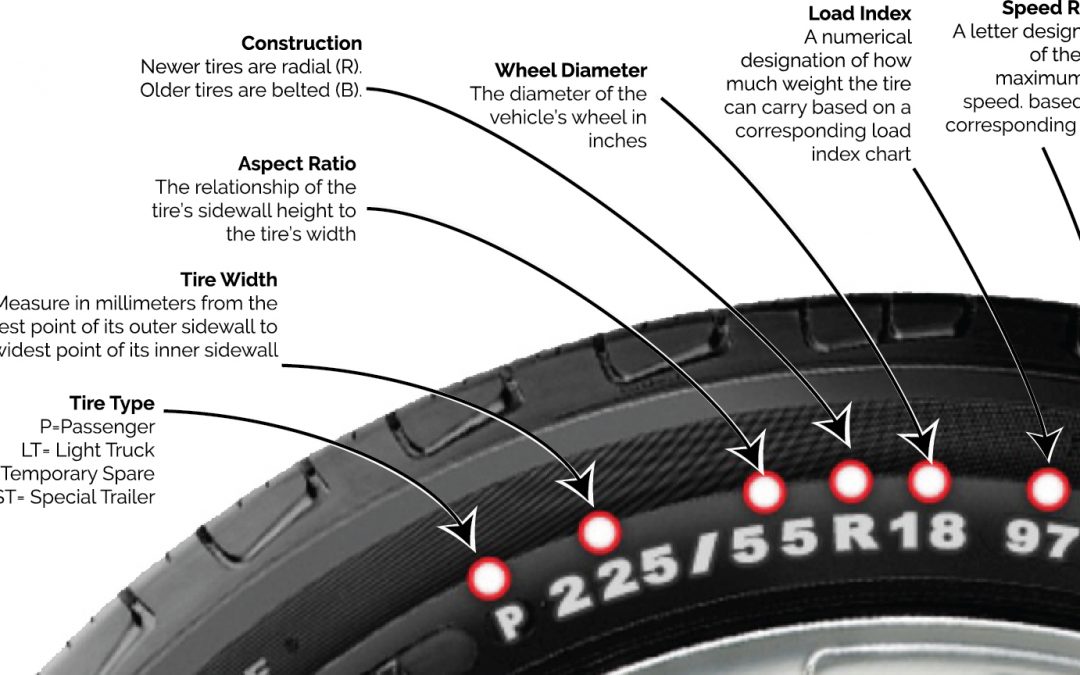 The year is the 2nd year of that decade. It is easy to get confused to know the decade. It might be harder to know the exact decade. There might be some other indications to know the year.
The year is the 2nd year of that decade. It is easy to get confused to know the decade. It might be harder to know the exact decade. There might be some other indications to know the year.
*Image Copyright from kilgoretirecenter.com
What About the Incomplete DOT NumbersIncomplete DOT numbers mean the current DOT regulations demand the complete number to be written on one sidewall only. When you find a few digits on the opposite sidewall, you can check the other sidewall to find the complete DOT number.
Reading DOT Tire NumbersNow you know how to read tire date codes. You can simply check at the sidewalls of tires to avoid any further confusion. Also, never lose your purchase receipt. If you do so, you might not get the warranty benefits. So, keep the receipts in a safe place and avoid any confusion by checking the DOT code. Whether you are interested in learning about wheel alignment or more about DOT numbers, our professionals here at Dan the Tire Man can answer your inquiries.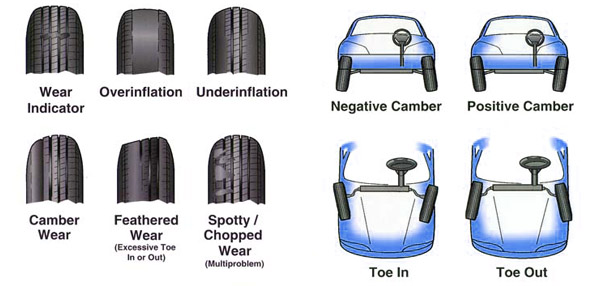
Michelin has production sites in 17 countries in 67 plants:
MICHELIN products are available in 170 countries and are manufactured to the same Group quality standards worldwide.
Russian-made MICHELIN tires are sold not only in Russia.
MICHELIN tires in our online shop are not sorted by place of production. It is difficult to say who is the manufacturer of a particular product in the catalog. It doesn't matter. All MICHELIN tires sold by authorized dealers perform equally well.
It doesn't matter. All MICHELIN tires sold by authorized dealers perform equally well.
No, it doesn't. Now many world brands have their own factories in Russia. At the same time, the requirements for product quality remain unchanged regardless of the place of production.
Tires made in Poland or Germany are of the same high quality. For all Michelin production sites, there is a single workflow for each tire model. Therefore, the consumer will not be able to distinguish a tire produced, for example, in Poland from a similar model produced in a German plant.
Tests and tests conducted by independent organizations have confirmed that Russian or Asian-made MICHELIN products are identical to their Western counterparts in terms of performance.
All MICHELIN branded tires carry a 5-year warranty from the date of manufacture against defects in workmanship and materials.
MICHELIN tires purchased from the TYREPLUS network of tire centers are covered by another one-year warranty. It includes free repair or replacement of tires within 12 months from the date of purchase.
An automotive publication conducted a test comparing MICHELIN Energy Saver tires in size 180/60R15 made in Spain with a similar model in the same size made in Russia.
Tests have shown that both tires have the same characteristics: tread depth, handling (both dry and wet asphalt), wear resistance, braking properties on dry and wet asphalt. The test pilots of the publication confirmed that they did not notice the difference between the two products presented.
You can find the date and country of manufacture of the tire on the sidewall of the tire. The date is indicated on the DOT marking. The last 4 digits in this marking are the production date.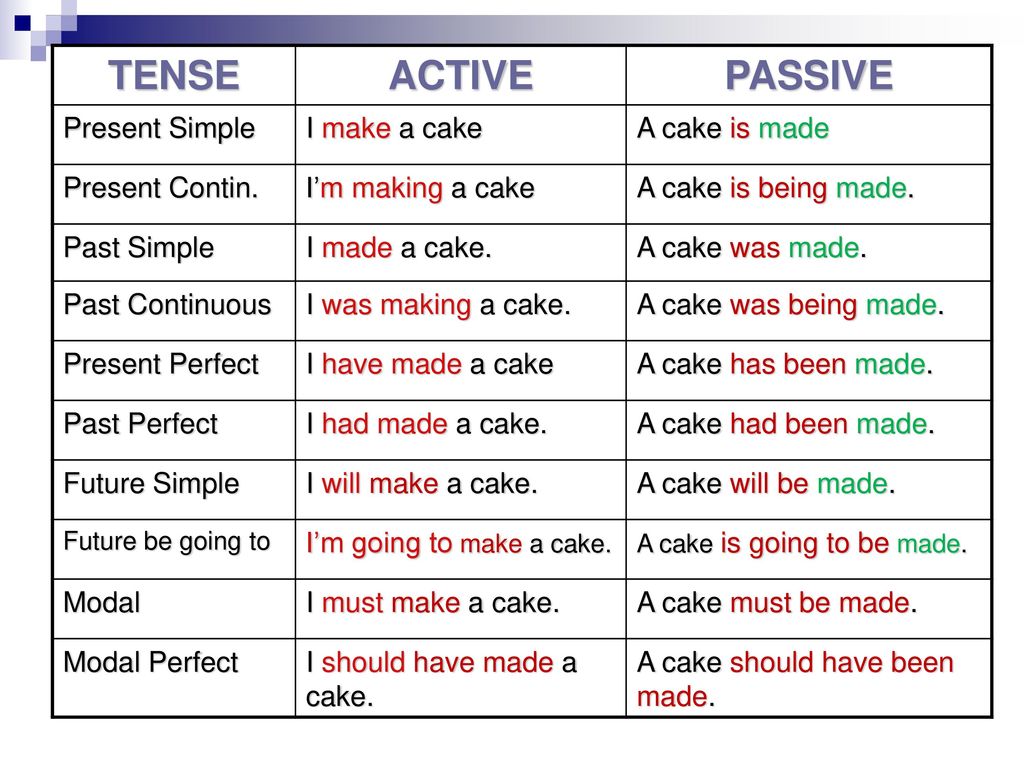 For example, 4513: where 45 is the week of production, 13 is the year of production.
For example, 4513: where 45 is the week of production, 13 is the year of production.
The country of origin is also marked on the tire as "Made in".
Everything has an expiration date, car tires are no exception. How long can they be used? Can you ride tires that are many years old, but they look quite working? Is it worth saving on tires by buying products that have not yet been used, but have been stored in a warehouse for 5-7 years?
Release date is an important parameter when choosing car tires
These questions at least once arose before the majority of motorists. We answer them - in detail and in detail.
The date of manufacture of the tire is always on its sidewall in an oval stamp
Information about when a car tire was produced is placed on its side. You will easily notice an oval stamp with four numbers inside - for example, 1118.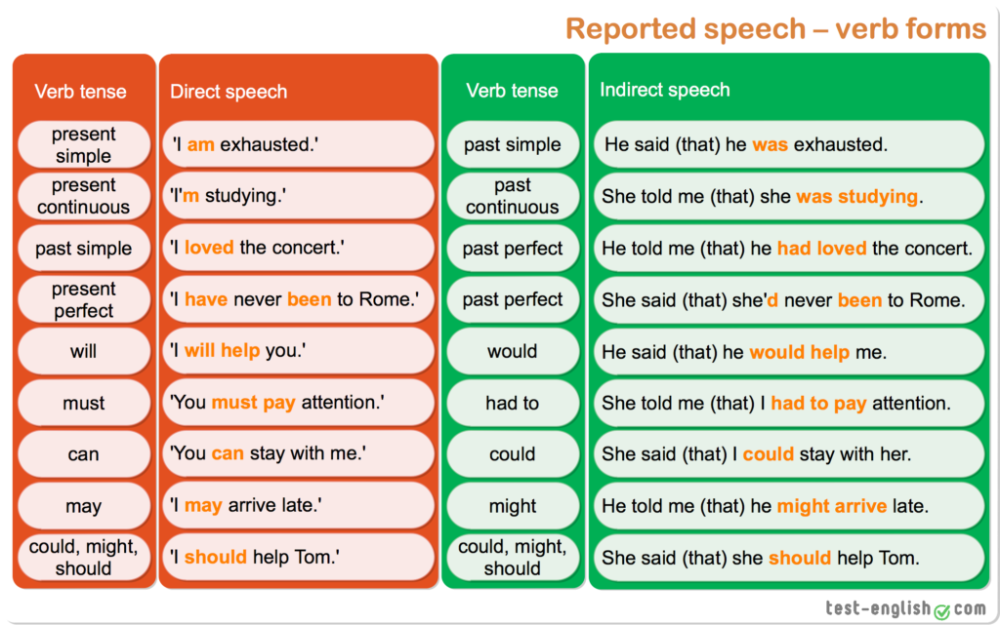
So, we have a tire that “saw the light” in January 2003.
Certification of automobile tires for their sale on the Russian market is carried out by the Department of Transport. Tires without age marking, and in a strictly prescribed form, will not receive a quality certificate. This rule is the same for all tire manufacturers.
See also: Tire marking: deciphering the designations on tires
Drivers change cars at least twice a year. As a rule, rubber is operated for several years, and then new tires are bought. At the same time, the tread pattern, raw materials, radius are taken into account, but they rarely pay attention to the release date of the product. But it is this information that helps to better understand the condition of the tires and how long they will last.
You can determine for yourself whether the tires have begun to age. To do this, pay attention to their side. Did you see small cracks here? This is the first sign of aging. Over the years, these scratches will become deeper, and the tire itself will begin to change color, acquiring a whitish tint on the originally black rubber.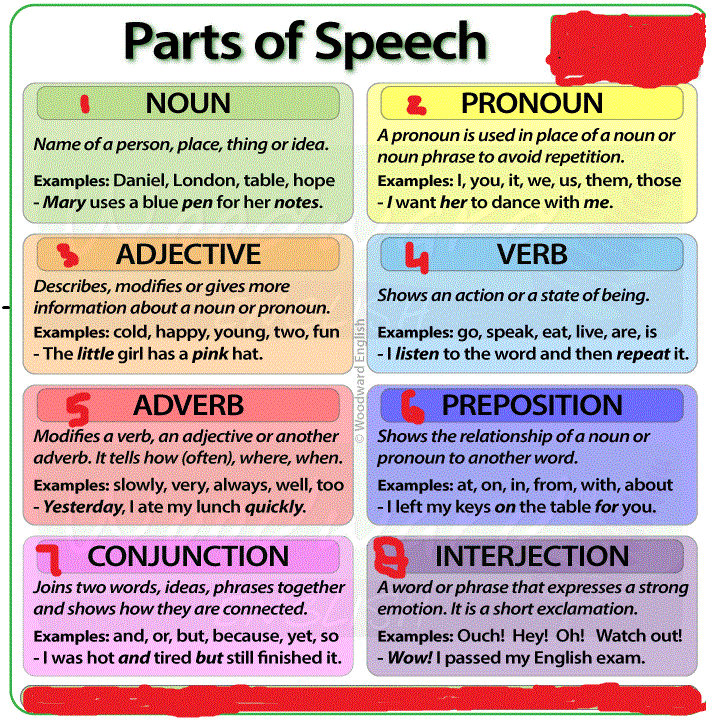
In the process of aging, black rubber becomes covered with a whitish coating.
Have you noticed similar symptoms on your car tires? So, it's time to change them - you should not pull further, even if the tread does not look worn out. It is dangerous to drive a car with such tires.
The tire is a mixture of chemical compounds. A number of factors influence it:
Tires can experience different loads, so they have different lifespan, and it is impossible to accurately predict it.
Pay enough attention to the wheels - pay attention to the condition of the tires yourself, and also stop by the service centers. After five years of operation, tire diagnostics should be performed at least once a year.
See also: What pressure should be in the tires?
The aging process is accelerated by three main factors:

It is important to properly store summer and winter tires, protecting them from threatening external factors. By observing the storage conditions, you prolong the "life" of tires - their elasticity remains at an acceptable level for a long time.
Tires are quite picky about storage conditions: in order for them to retain their original properties for a long time, they must be stored correctly.
Proper storage is the key to maintaining tire performance.

Storing tires according to the rules is a task that requires control. Therefore, the longer tires lie in stock, the higher the risk that their properties and resources are no longer at that high level.
The properties of tires, their durability and wear resistance largely depend on the quality of rubber. Accordingly, they depend on the manufacturer, who selects raw materials for products manufactured under his brand.
Choose tires from trusted and well-known manufacturers
The largest companies are investing huge amounts of money in the development of unique compounds - they are added to rubber, making it as resistant to aging as possible.
Giving preference to tires from world manufacturers - for example, Nokian, Goodyear or Michelin, you choose high quality, confirmed by time and expert reviews. Under the right conditions of storage and operation, these tires will serve much more than 5 years - their warranty period.
Carefully inspect each tire. Tires should not have any white coating, no scratches, no burrs. Then it is worth checking the products by touch in order to make sure that they are elastic.
Does the appearance of the tires cause any complaints? This suggests that they were stored correctly, therefore, the performance properties are at the proper level.
If you have tires in front of you that are overtaking the symptoms of aging, it's not worth the risk. Such tires will not last long, and you will waste your money.
There are two sets of tires - both from reliable brands, each one looks good? Then choose the one that is "younger". In this case, the guarantee of proper storage is higher.
Don't get too hung up on the age of the tires. For example, tires that have just "knocked" two years, show themselves no worse than products that have just entered the market.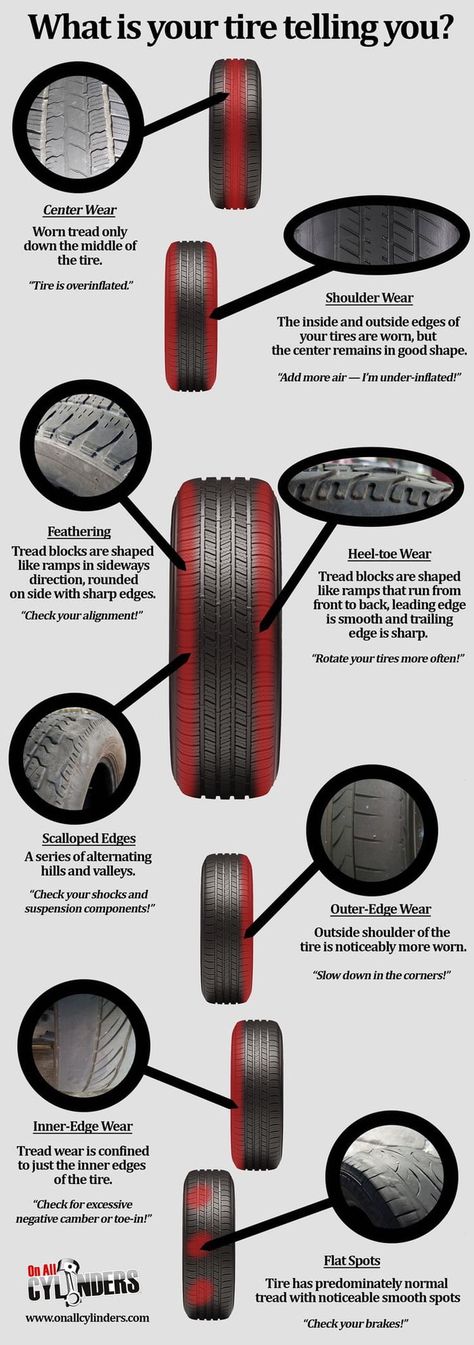 But! They must initially be of good quality, that is, from manufacturers whose reputation is beyond doubt. Should inspire confidence and appearance - without cracks and whitish coating. Well, you have the right to ask for a discount on two-year-old tires.
But! They must initially be of good quality, that is, from manufacturers whose reputation is beyond doubt. Should inspire confidence and appearance - without cracks and whitish coating. Well, you have the right to ask for a discount on two-year-old tires.
Expert advice will help you choose the right tires and keep them in working condition for a long time.
